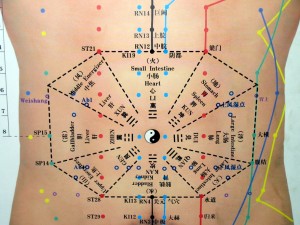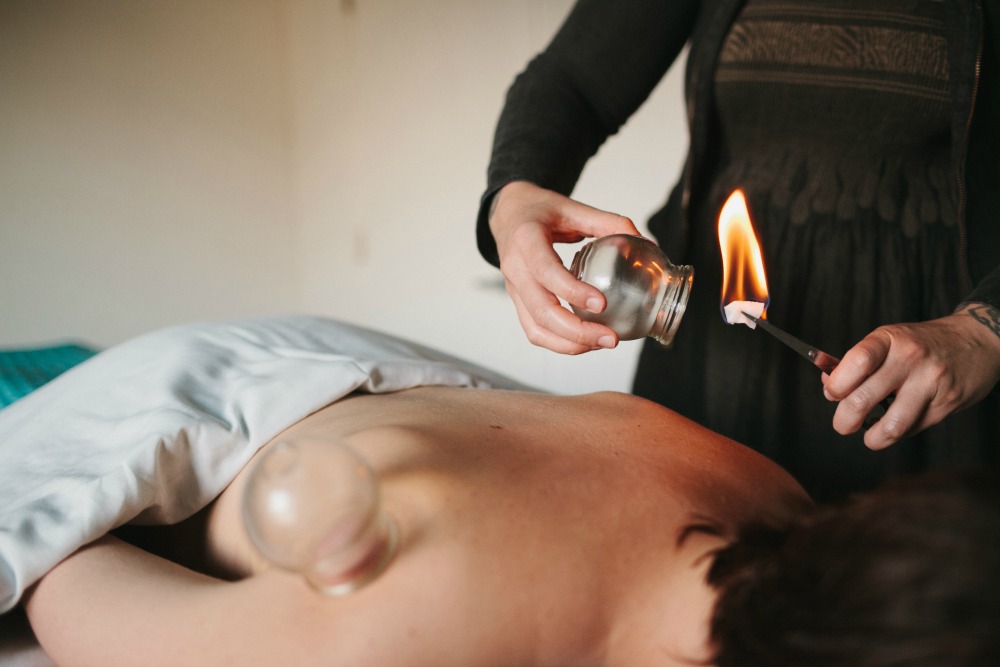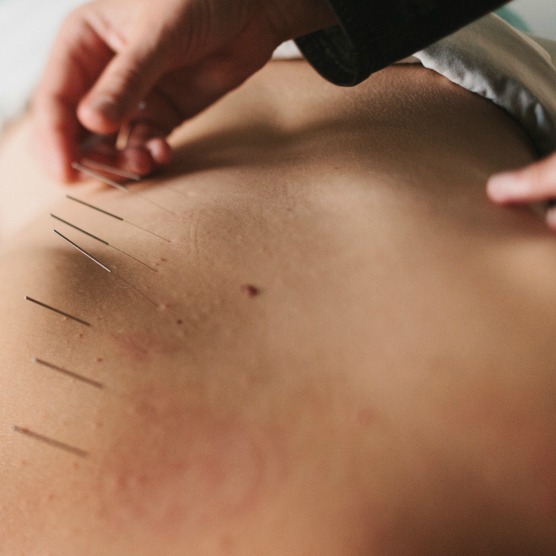Acupuncture can benefit many types of ailments especially pain and stress!

Acupuncture stimulates the body’s built-in healing mechanisms
Acupuncture “focuses body’s attention” to the injured area and in turn it stimulates the body’s ability to spontaneously heal injuries. As the body focuses on the the micro traumas induced by acupuncture, it also heals any surrounding tissue damage left over from old injuries.
Acupuncture releases natural painkillers
Inserting a needle sends a signal through the nervous system to the brain, where chemicals such as endorphins, norepinephrine and enkephalin are released. Some of these substances are 10-200 times more potent than morphine!
Acupuncture reduces both the intensity and perception of chronic pain
It does this through a process called “descending control normalization”, which involves the serotonergic nervous system.
Acupuncture relaxes shortened muscles
This in turn releases pressure on joint structures and nerves, and promotes blood flow.
Acupuncture reduces stress
This is perhaps the most important systemic effect of acupuncture.
Recent research suggests that acupuncture stimulates the release of oxytocin, a hormone and signaling substance that regulates the parasympathetic nervous system. You’ve probably heard of the “fight-or-flight” response that is governed by the sympathetic nervous system. The parasympathetic nervous system has been called the “rest-and-digest” or “calm-and-connect” system, and in many ways is the opposite of the sympathetic system. Recent research has implicated impaired parasympathetic function in a wide range of autoimmune diseases, including arthritis, lupus, rheumatoid arthritis and inflammatory bowel disease.
by Joy Earl, LAc

Joy Earl, LAc
Choose acupuncture for pain and stress and book your appointment with Joy today and learn about the benefits of acupuncture first hand!





